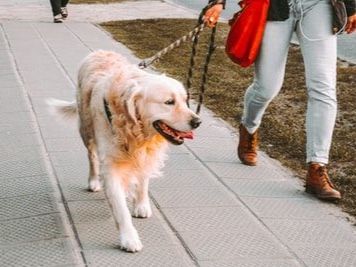The Most Common Dog Behaviour Problems
What many people don’t know however, is that play can dramatically speed up your dog’s ability to learn and retain new skills - and that’s backed by science!
1. Improving recall
The biggest training challenge owners struggle with is recall aka, getting your dog to come back when called. You might have tried the best training treats to attempt to persuade your dog to return - but if that’s failed, play can be a lot more effective.
A whopping 72% of Tug-E-Nuff customers say their dog’s recall improved when they introduced Tug-E-Nuff toys. And that’s because of what we call, The Power of Play!
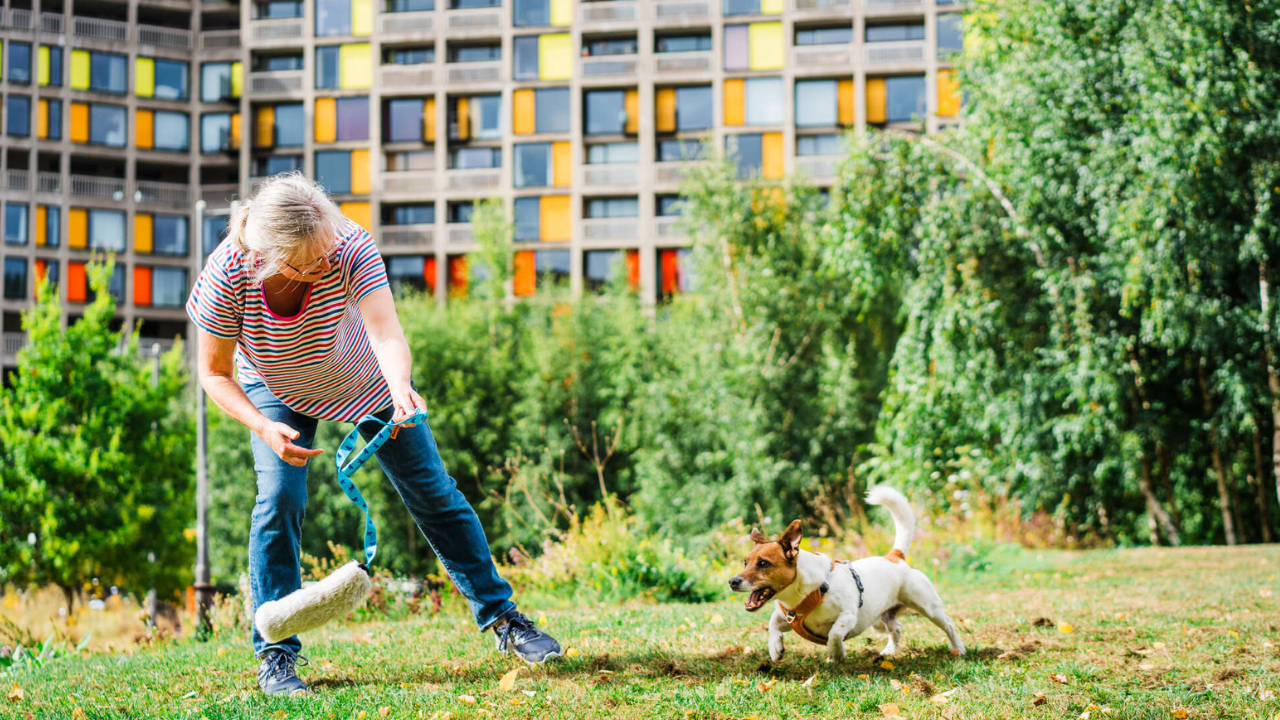
While it might feel like a dog who ignores your calls is being stubborn, they’re usually much more likely to be struggling to ignore temptations and distractions.
If we’re asking a dog to resist the urge to run off playing with other dogs or tracking a scent, then we need to make sure what we can offer is just as fun as the alternative that’s tempting them astray!
And that’s where play comes in (and can trump treats)!
2. Teaching loose lead walking
Loose lead walking is notoriously difficult to teach and that’s mainly because it’s boring! Most training techniques to teach a dog to walk nicely on a lead are simple - but they’re repetitive, slow, and require consistency.
But they do work. The key to making sure both you and your dog want to stick at the training so you can get the result you want, is to add in some fun!
Playing tug as a reward, or carrying a beloved training toy at your side can help encourage your dog to stay close while you’re practising your loose lead walking skills! And remember, a quick game of tug after training will help your dog learn new skills more quickly.
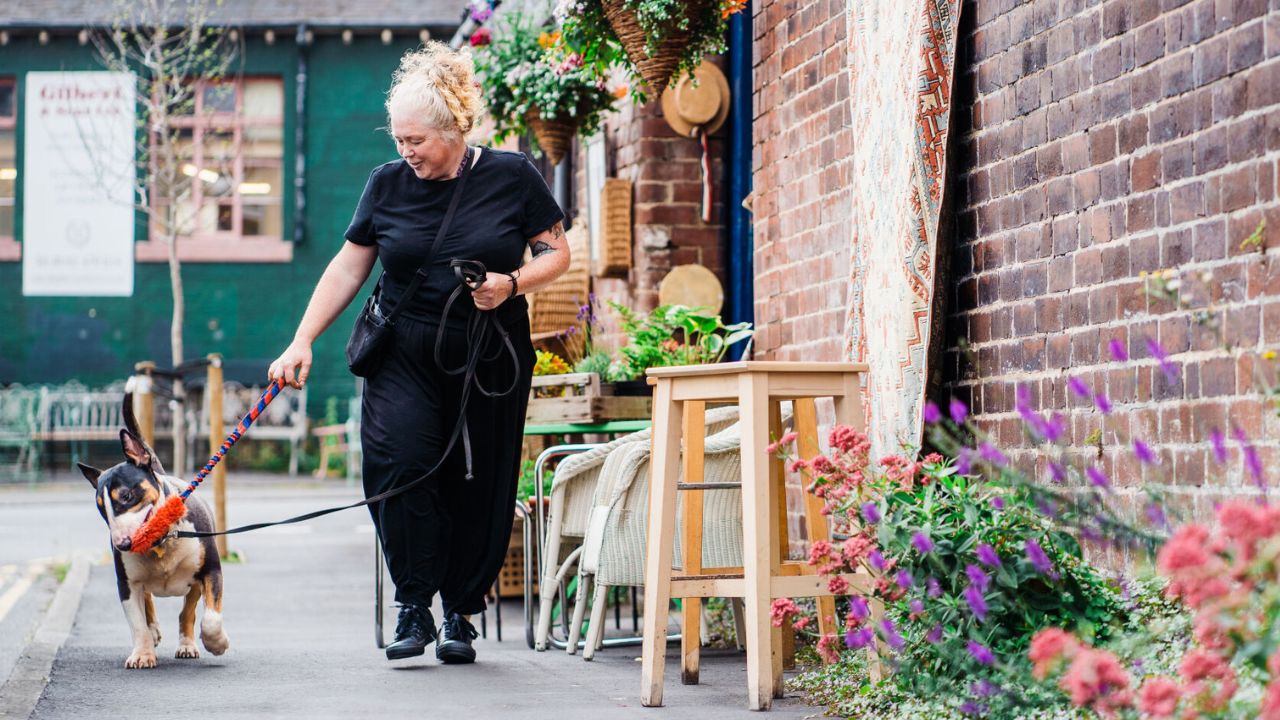
3. Reducing reactivity
Reactivity in dogs is a growing problem and it usually stems from fear, anxiety, frustration, or a lack of confidence. If you’re an owner struggling with over the top reactions like barking, lunging, or hiding - play can help!
Often when we’re in panic mode, our first focus is on stopping the behaviour. But when we shift that focus to the emotions beneath the behaviour, you can help your dog feel differently - which has a direct impact on their responses.
Skills like ignoring distractions and controlling impulses are much easier for a dog who feels more at ease and has a strong connection with their human. That’s not to say that if your dog struggles with reactivity, you don’t have a strong bond - but it does mean that focusing on it can make a big difference to how you both feel.
Playing interactive two player games with your dog, like tug rather than fetch, can help your dog release tension, build confidence, and grow their desire to focus on you.
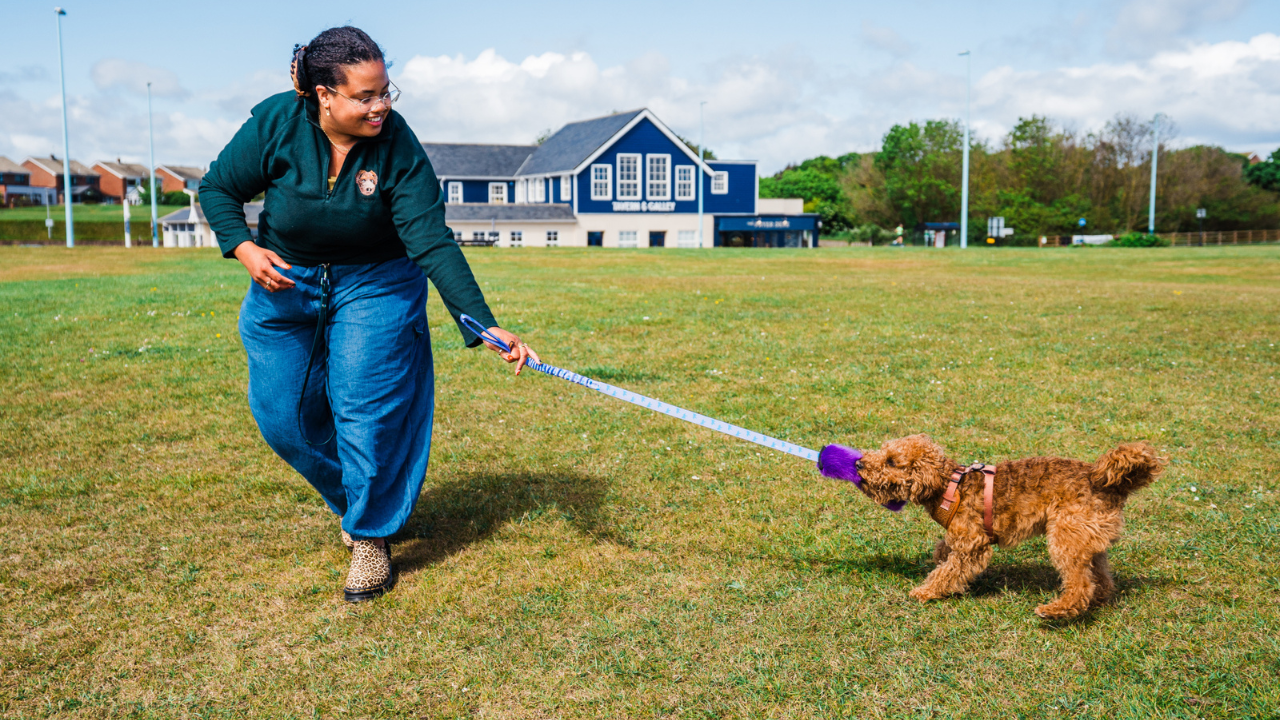
4. Managing overexcitement
For dogs who struggle to switch off or control their impulses, overexcitement can feel like an impossible problem to solve. You don’t want to squash your dog’s spirit or enthusiasm, but you might quite like it if they could turn it down a notch sometimes!
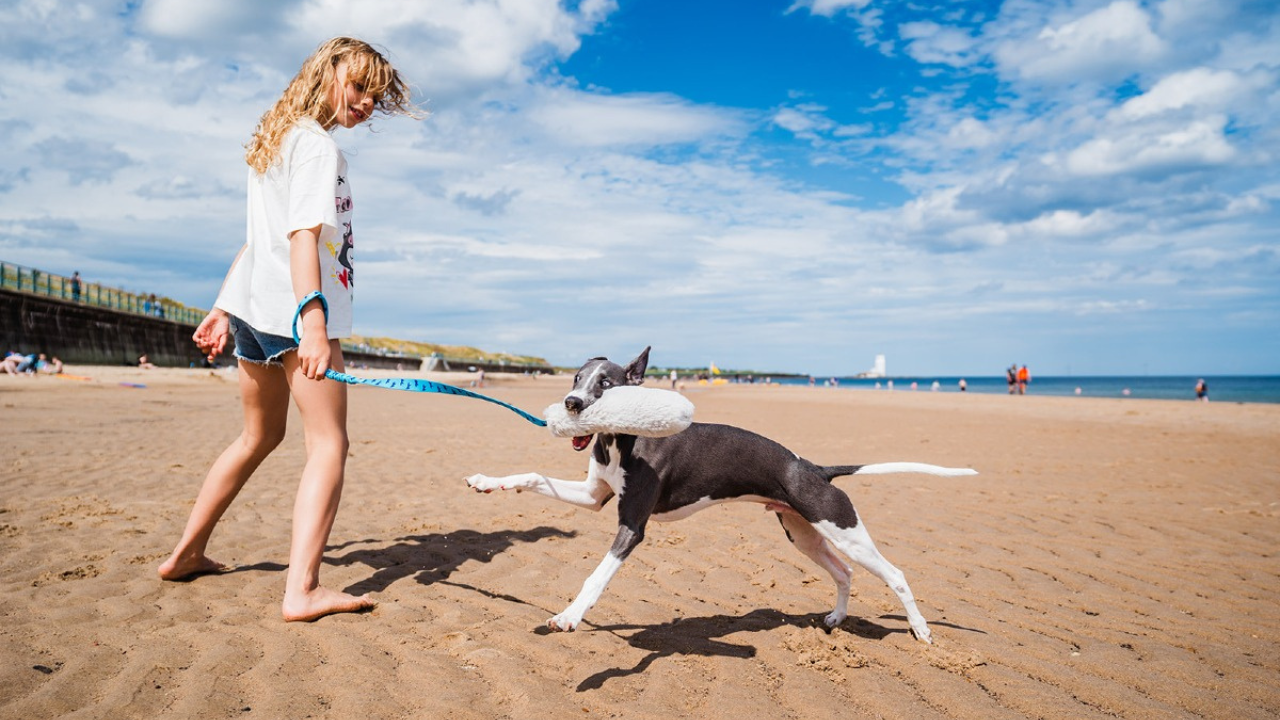
It can also help to give your dog a calming activity to do afterwards like sniffing for scattered treats or tucking into a long-lasting chew.
How to get started with using play in your training
- Start with a special toy that you only use for training - this keeps it high value and exciting.
- Build value in playing with the toy with you away from distractions first - wait until your dog is extremely engaged and keen to play before you add tempting distractions.
- Begin playing with your dog with their special toy in different environments - with distractions present (but not so close they’re impossible to ignore)
- When your dog has mastered steps 1-3, you’re ready to use the Power of Play to slay distractions in closer proximity and develop your dog’s impulse control skills.
Need more help?
About the author:
Danny Nelis-Rouse is Managing Director of Tug-E-Nuff, the award-winning dog-toy brand leading the way in play-based training. With over a decade of experience working directly with dog owners and collaborating with professional trainers worldwide, Danny has unique insight into the everyday challenges dogs and their humans face. His mission is to help people harness the power of play to build stronger bonds, boost confidence, and make training more fun for everyone.

